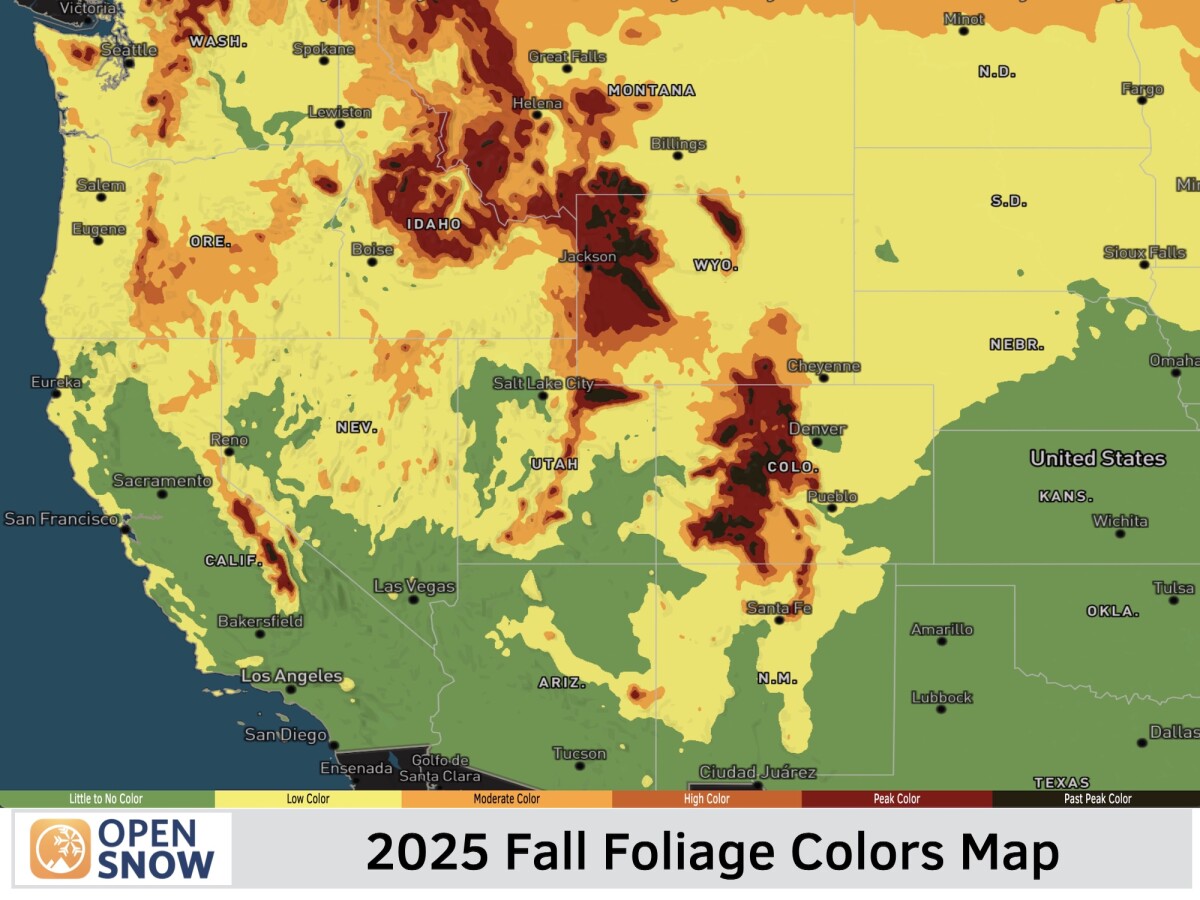News

By Zach Butler, Meteorologist Updated 4 months ago March 8, 2025
Cutoff Low, Explained

A cutoff low is a nearly stationary low-pressure or storm system that can bring consistent weather, usually with precipitation, for several days. A cutoff low will remain nearly stationary until the low pressure is picked up by the jet stream or the cutoff low dissipates.
What is a Cutoff Low and How Do They Form?
Cutoff lows are persistent low-pressure areas that have become isolated or "cut-off" from the main airflow or jet stream. They can be several hundred miles wide, and last a couple of days or even a week!
In the northern hemisphere, they usually result from a strong shortwave (storm disturbance) moving south of a trough, that then extends toward the equator. The momentum of the shortwave pulls the trough out of the jet stream and forms a closed low-pressure circulation.
Below is an example of a cutoff low developing from Sunday, November 12th through Friday, November 17th. Follow the pink arrow and blue colors moving south of the trough, and forming the cutoff low.

Cutoff lows can occur any time of the year and just about anywhere around the world!
Weather Associated with a Cutoff Low
A cutoff low will bring unsettled weather, which can consist of light and or heavy precipitation, as well as consisting of rain and or snow.
The atmosphere in a cutoff low is not conducive for thunderstorms but can be conducive for flooding if rain bands and the cutoff low remain stationary over one area.
A cutoff low can bring snow if the air temperatures are cold enough. They can also be associated with atmospheric rivers like the above example on Thursday, November 16th, bringing snow to the Sierra in California.
A cutoff low will also bring sun and clear weather to some areas. Check out the satellite image at the beginning of the article to see many areas are clear of clouds in the Midwest.

Forecasting Cutoff Lows
Cutoff lows can be hard to predict the slow movement and precipitation associated with them. While numerical models forecast their drift rather well, they still tend to forecast the closed low-pressure to rejoin the jet stream too quickly.
Due to the weak jet stream steering a cutoff low, numerical models can have a tough time predicting how and when a cutoff low will move or dissipate.
This also affects the ability of numerical models to predict the precipitation associated with cutoff lows. This affects the area around the cutoff low but also can affect the weather forecast for areas far away from the cutoff low.
Cutoff lows are a weather system that can bring similar weather for several days and can contribute to heavy rain or even heavy snow. They are hard to predict, which OpenSnow forecasters often highlight if one is in the forecast.
Zach Butler
About The Author




